Chittagong Hill Tracts, Bangladesh, SteemitPhotoChallenge:
STATISTICS
Status: Indigenous peoples
Ethnic groups: Chakma, Marma, Tripura, Tanchangya, Mro, Lushai, Khumi, Chak, Khiyang, Bawm, Pangkhua. Beside, a very small number of descendents of Ahamiya, Gorkha and Santal also live there. They collectively self-identify as the Jumma people (High Landers), the first people of the CHT.
Population: Around 800,000
City: Rangamati, Khagrachari and Bandarban
Area: 5,093 sq. miles (13,189 sq. km.)
Language: Ten indigenous languages
Religion: Buddhist, Hindu and Christian

OVERVIEW
Geography
The Chittagong Hill Tracts (CHT) in the south-eastern part of Bangladesh comprises a total area of 5,093 sq. miles (13,189 sq. km.) encompassing three hill districts: Rangamati, Khagrachari and Bandarban. It shares borders with Myanmar on the south and southeast, India on the north and northeast, and the Chittagong district of Bangladesh on the west. It is different in georgaphical features, agricultural practices, and soil conditions from the rest of the country due to its mountainous landscape. CHT is located between 21°-40′ degrees and 23°-47′ degrees north latitude and 91°-40′ degrees and 92°-42′ degrees east longitude. It is a unique territory with marked socio-economical and cultural differences from the rest of Bangladesh.
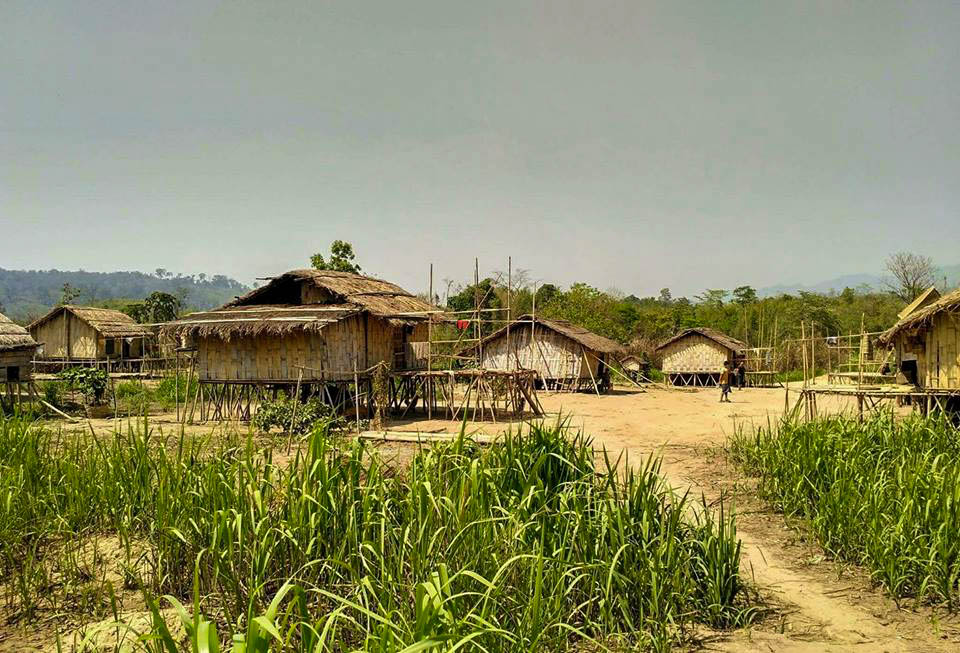
People
The Chittagong Hill Tracts is one of the most diverse regions in the country. Historically, CHT has been the home to eleven indigenous ethnic groups. They are the Chakma, Marma, Tripura, Tanchangya, Mro, Lushai, Khumi, Chak, Khiyang, Bawm, and Pangkhua. Besides, a very small number of descendents of Assames, Gorkha and Santal also live there. There are also Bengali people in CHT. The indigenous Jumma people are distinct from the majority Bengali people of Bangladesh in respect of race, language, culture, heritage, religion, political history, and economy.
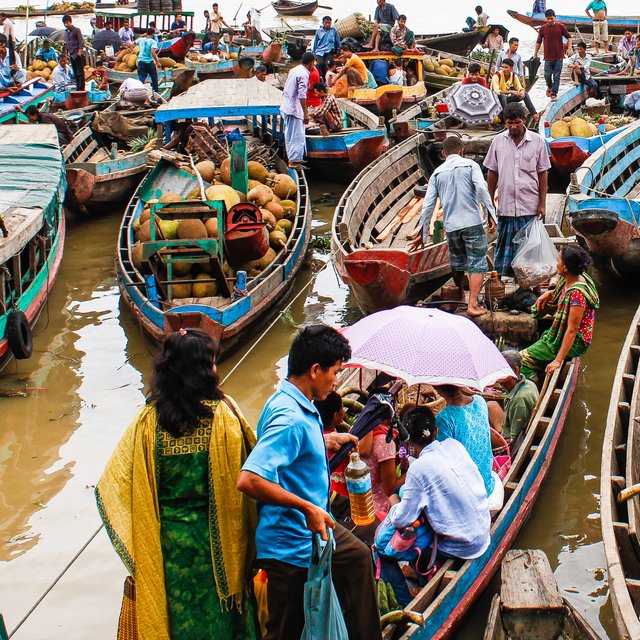
Economy
The CHT area covers about one-tenth of the total surface of the country and the density of population is the lowest in the country. However, if one takes into account the georgaphy of CHT and compare it with the flat land pattern of the rest of the country, then CHT comes out as the most populated area in Bangladesh. The 2001 census and economic statistics indicate that the income per capita of the CHT is the lowest of Bangladesh, 40% lower than the national average.
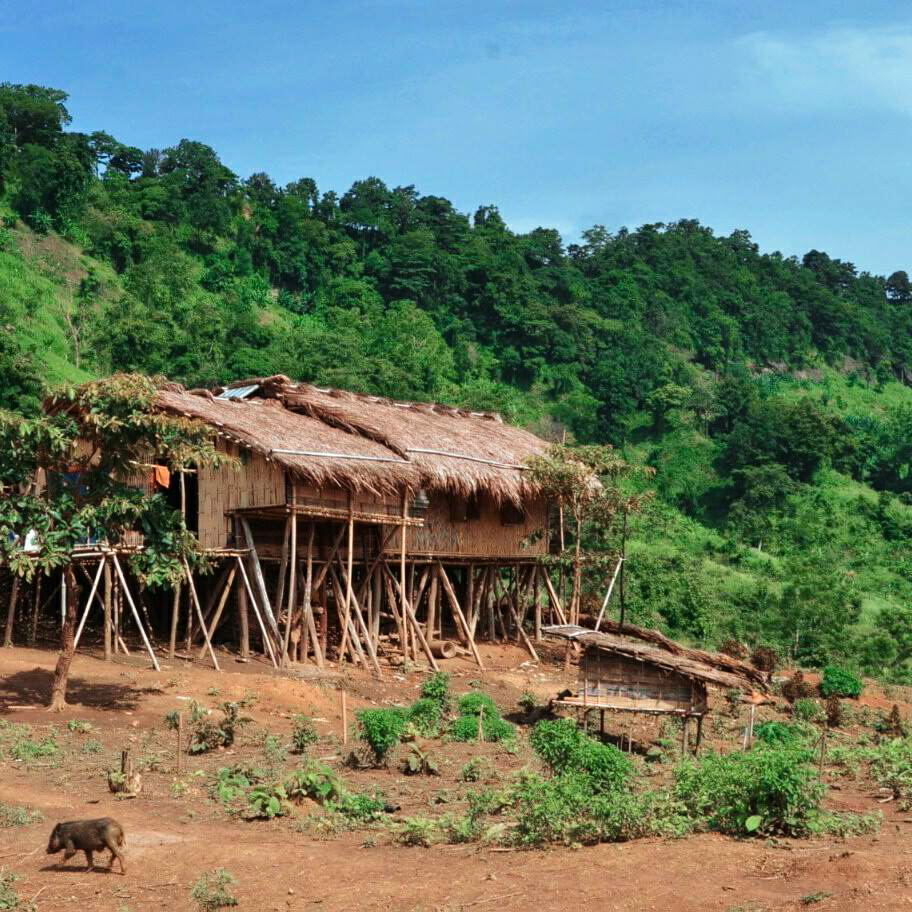
The amount of land for plough cultivation of this region is only 3.1% i.e. 76,466 acres. If the indigenous hill men and permanent Bengali residents are counted as 900.000, then the per capita availability of land in CHT stands only at 0.08 acre against approximately 0.20 acre of land per capita at the national level.
One of the most common and suitable forms of cultivation in the CHT is Jum cultivation (shifting cultivation). Besides the Jums, plough cultivation is also practiced by the indigenous people in the plain lands available, mostly in the river valleys. As a result, the people of CHT used to be self-sufficient in food and other daily necessities.
The construction of the Kaptai Dam (for Karnafuli hydroelectric project) in the early 1960s worsened the already land crisis in the CHT. As a result of the Dam, an artificial reservoir (popularly known as Kaptai lake) was created, submerging 54,000 acres or 40% of the most fertile plough lands of the CHT. The net effect was further contraction of per capita availability of agricultural land.
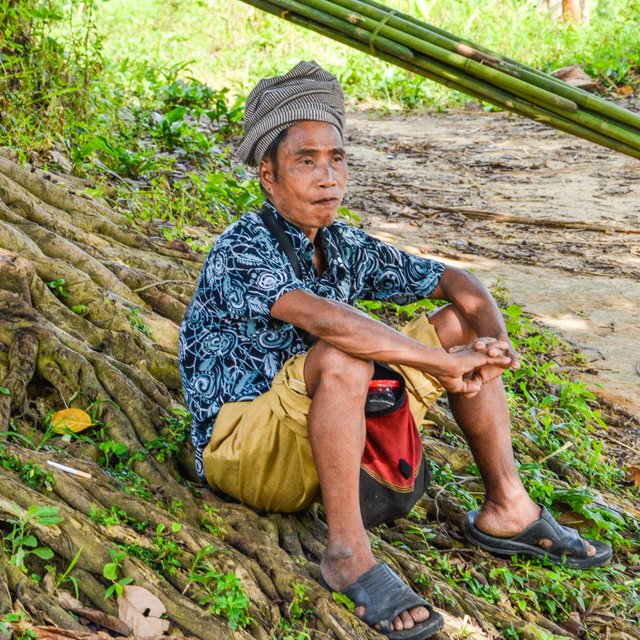
In addition, more than 400.000 Bengali Muslims were transferred into CHT from plain land without prior and informed consent from CHT people. They were settled down on the land of Jumma people. As no cultivable land was vacant for settlement, the settlers started to forcibly occupy the land of Jumma people. With the aim to uproot the Jumma people from their ancestral land, a long series of massacres and genocide were perpetrated by the Bengali settlers with direct help from military forces. Thousands of Jumma people were ousted from their own homes. The livelihood and economic backbone of the Jumma people were completely broken down.
Historical Background
Before colonization, the indigenous Jumma people of CHT were independent. There had been no external interference by any outside power in the affairs of the CHT until 1787, when an agreement was signed with the British, who started colonizing the area in 1860. From 1787 to 1860, the British government did not intervene in the internal administration of the CHT, then from 1860 to 1900 it administered CHT through a set of laws promulgated from time to time. For the maintenance of discipline among the police personnel in the CHT, Frontier Police Regulation III of 1881 was promulgated on the 7 December 1881 and the CHT Police Force was raised with indigenous Jumma people. In the interest of good governance of CHT, in 1900 the British government enacted the CHT Regulation 1 of 1900 and declared it as an Excluded Area in order to protect the Jumma people from economic exploitation by non-indigenous Bengali people, and to preserve their traditional socio-cultural and political institutions based on customary laws and communal ownership of land.
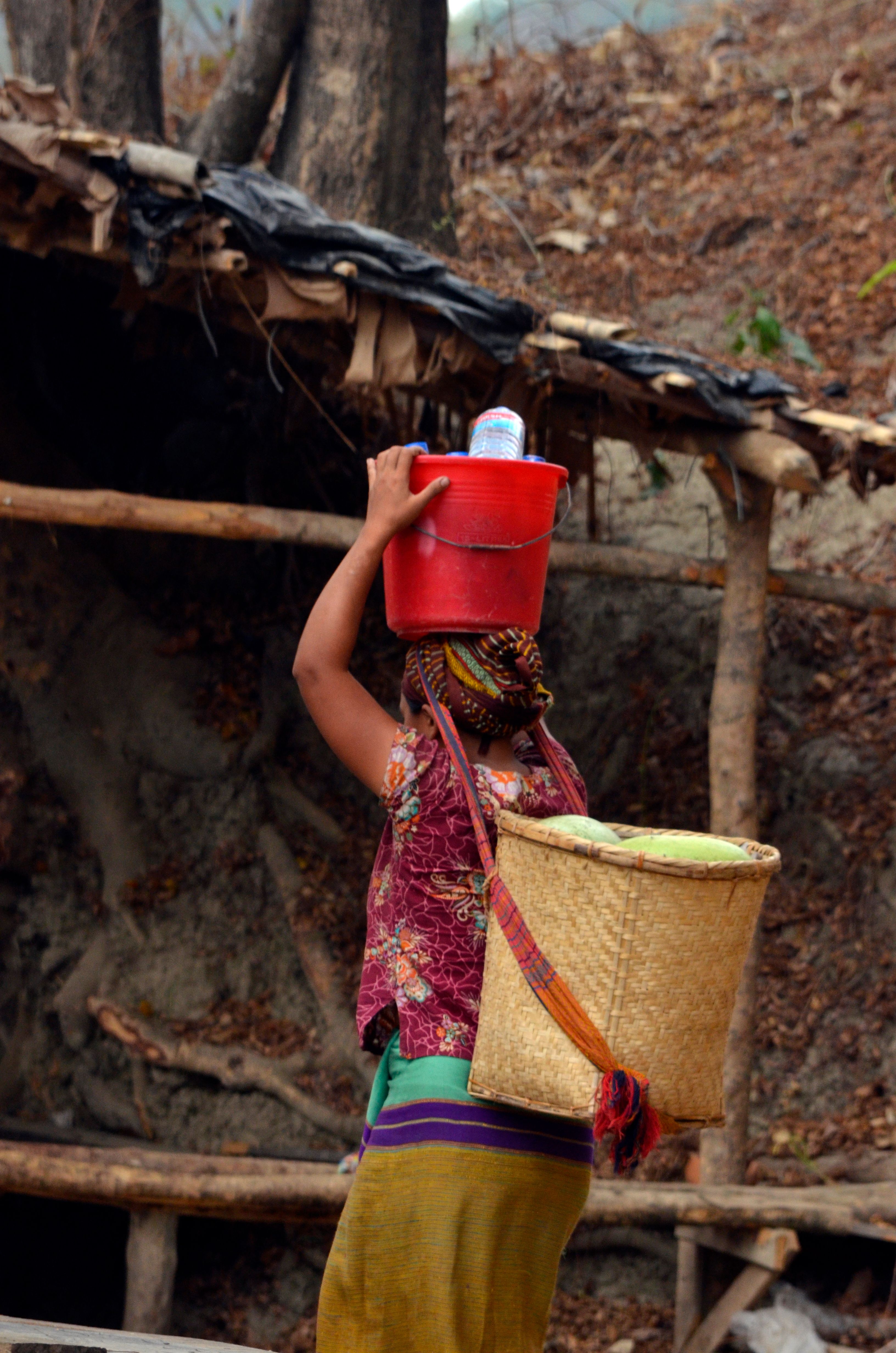
In August 1947, the British handed over the administration of CHT to the government of Pakistan. The Pakistani government recognized CHT as an Excluded Area under the CHT Regulation of 1900 in the first Constitution of Pakistan adopted in 1956. However, from the outset the Pakistani government looked upon the Jumma people with an eye of suspicion for being anti-Pakistani as well as anti-Islam. The Jumma people were discriminated against in areas of employment, business, and education. Government policy was clearly revealed by the repeal of the CHT Frontier Police Regulation of 1881 that disbanded the Jumma police force in 1948.
In 1950, implementing its brazen designs violating the principles and spirit of the CHT Regulation of 1900, the government of Pakistan started a Bengali Muslim settlement program which continued until 1966. The government enacted the CHT (Land Acquisition) Regulation in 1958 in order to grab the Jumma people’s ancestral lands. Moreover, the government snatched away the rights and privileges of the Jumma people by cancelling the Excluded Area status of the CHT in 1963. In 1960, in order to carry out its plan and break down the economic backbone of the Jumma people of the CHT in the name of so-called industrial development, the Pakistani government built the Kaptai hydro-electric dam on the Karnaphuli river in the heartland of the indigenous Jumma people.
After nine months of war of independence against Pakistan, Bangladesh emerged as an independent state on 16 December 1971. The Jumma people, hoping that the new rulers of Bangladesh would realize their hopes and aspirations, demanded regional autonomy in a democratic way. Unfortunately, the government of Bangladesh did not respect their fundamental rights and did not write a single word in the Constitution regarding the entity and safeguard of the Jumma people. Rather, immediately following the independence of Bangladesh in early 1972 the CHT underwent militarization.
When the democratic movement to safeguard the national existence of the Jumma people was negotiated by the government with repressive measures through the civil and police administrations, including through militarization with the construction of three Army cantonments, it forced Manabendra Narayan Larma, then MP and hero of the CHT Jumma movement, to call for an armed struggle. An armed wing of PCJSS was formed under the name Shanti Bahini (Peace Force). Since 1979, the Government of Bangladesh has undertaken a drastic program to settle the Bengali population from other districts of Bangladesh to CHT so they would outnumber the Jumma people, and to use them as human shields for the protection of Army personnel.
The PCJSS has always kept the door open for dialogue to resolve the CHT issues through political and peaceful means. For this purpose, the PCJSS held 6 and 13 formal dialogues with the governments of Ershad and Khaleda Zia respectively. During the last one, after holding 7 round of dialogues with the Sheikh Hasina government, the CHT Accord was signed in Dhaka on 2 December 1997 between the National Committee on CHT on behalf of the government of Bangladesh and the PCJSS on behalf of the permanent residents of the CHT.
CHT Accord
The CHT Accord was signed with the aim to resolve the CHT problem and paved way for peace, development, and opportunities for the meaningful engagement of indigenous peoples in CHT. The CHT Accord provides recognition of CHT region as a tribal-inhabited region, the introduction of a special governance system in CHT with the CHT Regional Councils and three Hill District Councils (HDCs), and thetransfer of subjects including general administration, law and order, police (local), land and land management, development, education, health, environment and forest except reserved forest etc, demilitarization of the region, resolution of land disputes, rehabilitation of returnee Jumma refugees and internally displaced persons, and the setting up of a CHT Affairs Ministry at national level.
Soon after signing of the Accord, the then Awami League government implemented provisions including the enactment of laws following the CHT Accord. It created a fundamental base for the implementation of the CHT Accord, among them passing the CHT Regional Council Act and HDC Acts in Parliament, establishing the CHT Affairs Ministry, repatriating Jumma refugees from the Indian State of Tripura etc. However, the main issues of the preservation of status of the tribal-inhabited region, the introduction of special governance system in CHT with CHTRC and HDCs, the resolution of land disputes, and the demilitarization of the region are yet to be implemented.
Current Issues
Despite the demands of the Jumma people, the Constitution the government of Bangladesh did not provide any constitutional safeguard to the CHT Act 1998 and the three HDC Acts 1998 enacted as per CHT Accord. In the Fifteenth Constitution (Amendment) Bill passed in the parliament on 30 June 2011, the government ignored the demands of indigenous peoples for the recognition of their fundamental rights, including their recognition as indigenous peoples. However, the government recognized the culture of the indigenous peoples in the 15th amendment stating that “the State shall take steps to protect and develop the unique local culture and tradition of the tribes, minor races, ethnic sects and communities”. The terminology of “tribes, minor races, ethnic sects and communities” is not accepted by indigenous people.
Furthermore, the 15th Amendment calls Jumma people “Bengali” and states that “the People of Bangladesh shall be known as Bangalees as a nation and the citizens of Bangladesh shall be known as Bangladeshies”. Indigenous people reject this provision, arguing that they are Bangladeshi as citizens, but they are not “Bangalee” as a nation; they are a separate nation possessing a distinct identity, culture, tradition, and language apart from Bengalis.
Due to the lack of effective initiative for the implementation of the main provisions of the CHT Accord, no major progress has been achieved during the post-Accord period. Rather, there has hardly been any positive development of the overall situation in CHT. The implementation of CHT Accord, the constitutional recognition of indigenous peoples, and gross human rights violations with impunity remain thr main issues to be addressed for a sustainable peaceful and political solution to the CHT problem.

International pressure is needed to persuade the Bangladeshi government to implement the CHT Accord quickly and in full: create a roadmap with a timeframe to make the special governance system with CHT Regional Council and three Hill District Councils functional; amend the CHT Land Dispute Resolution Commission Act of 2001 to start functioning of the Land Commission; withdraw all temporary military camps and de facto military rule under ‘Operation Uttoron’ from the CHT region; rehabilite returned Jumma refugees and displaced Jumma families (IDPs); preserve the characteristics of the Jumma indigenous peoples-inhabited status of the CHT; rehabilitate the Bengali settlers outside CHT with dignity; and recognise the CHT laws enacted as per the CHT Accord in the Constitution.!
Hope you like my post. Please feel free to comment / share.
Amazing post :) follow
Thank you.